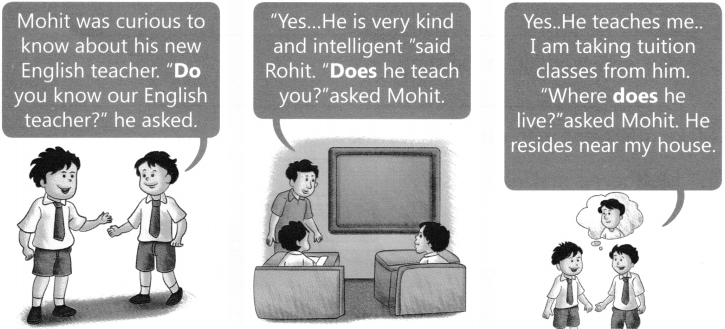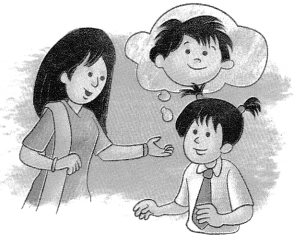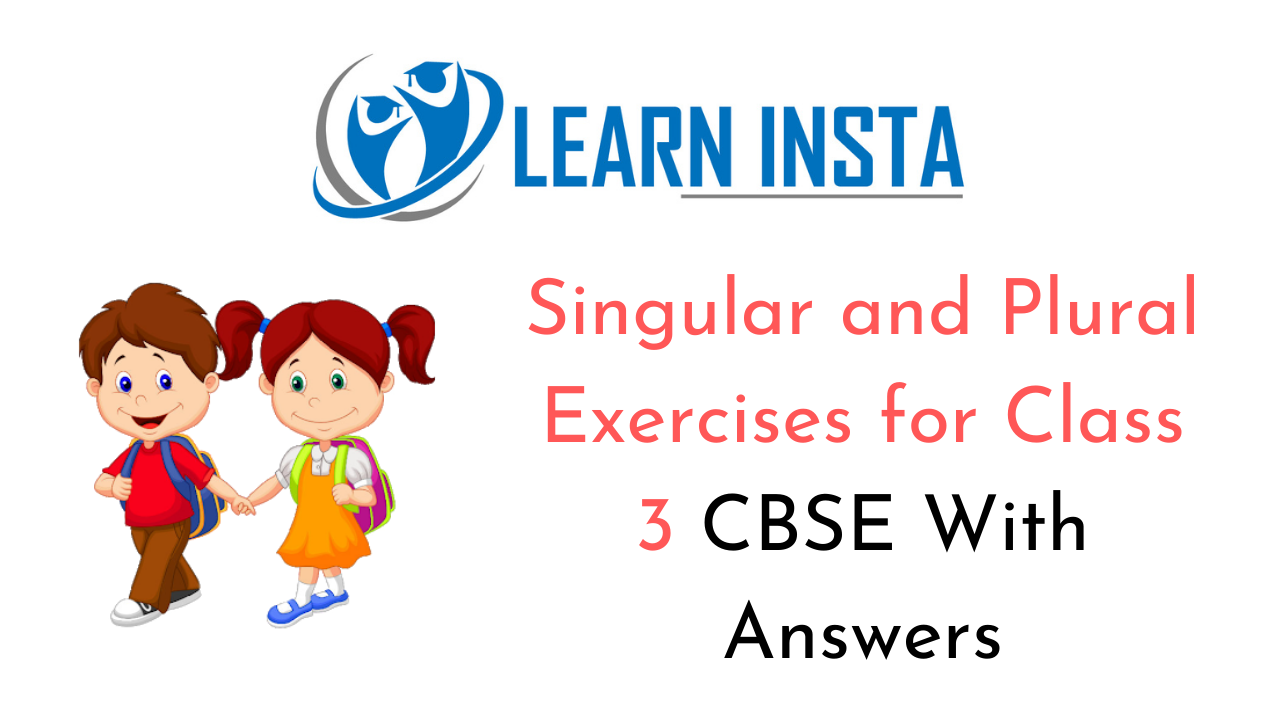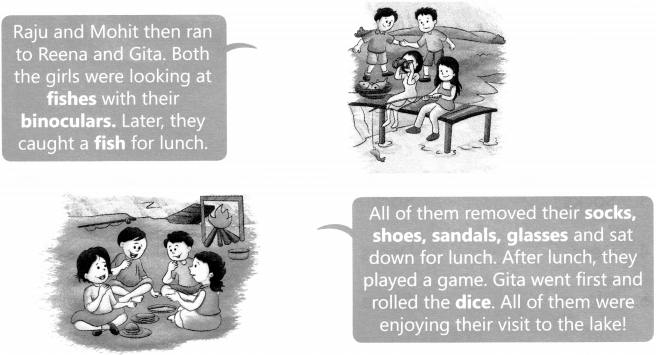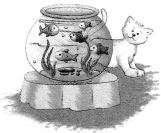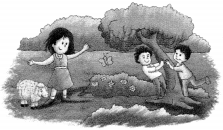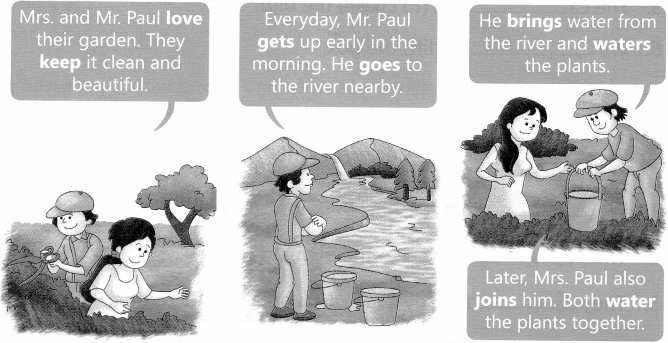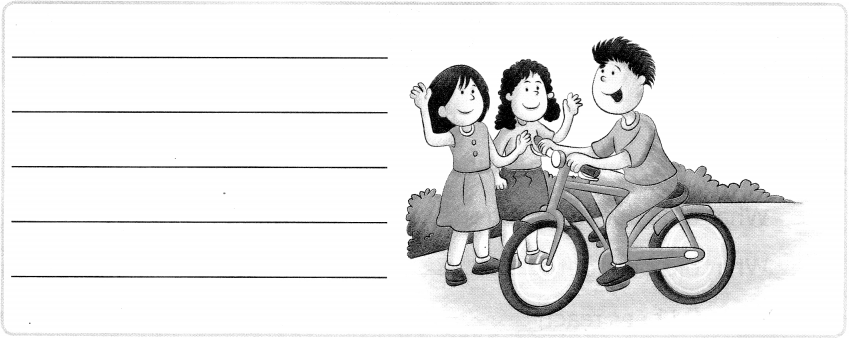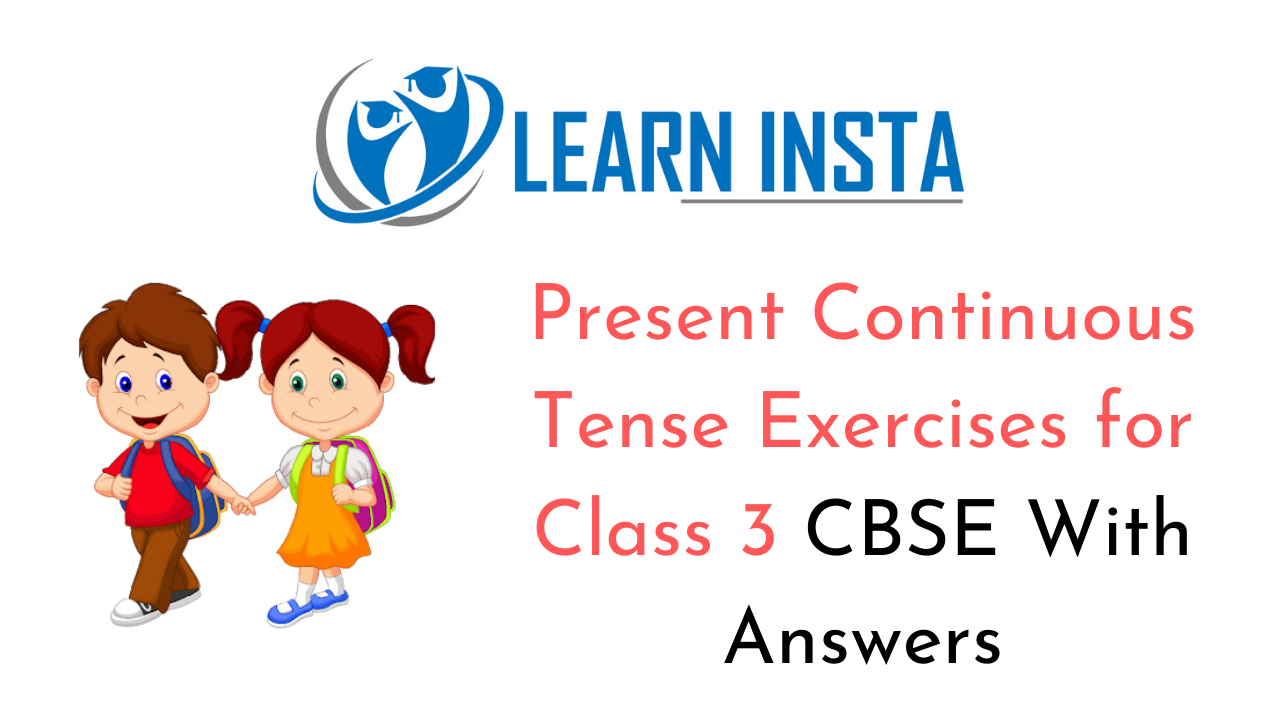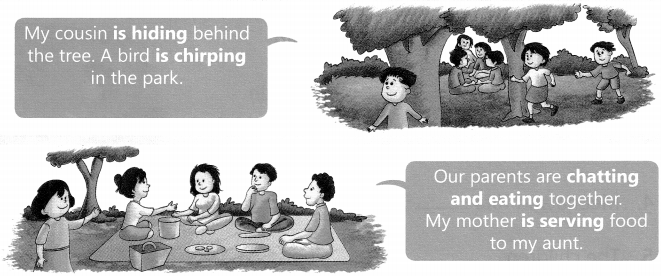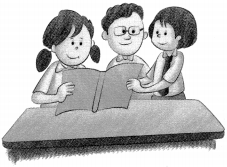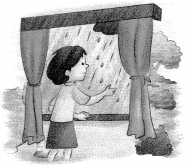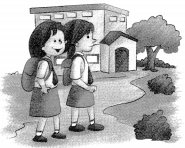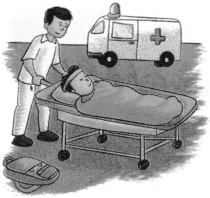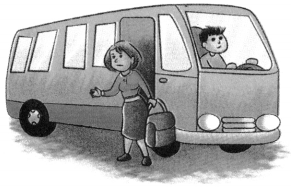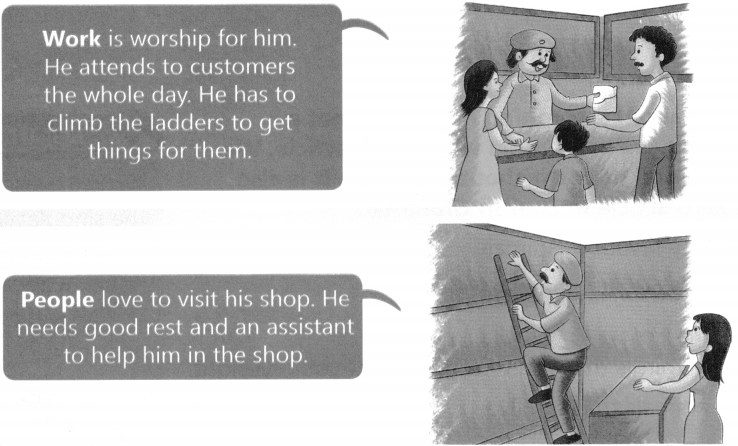 This grammar section explains Online Education English Grammar in a clear and simple way. There are example sentences to show how the language is used.
This grammar section explains Online Education English Grammar in a clear and simple way. There are example sentences to show how the language is used.
Gerunds and Infinitives Exercises for Class 5 CBSE with Answers
Fundamentals
A gerund is a verbal noun that is formed by adding – ing to the verb ‘pleasing, reading’. Gerund function as subject and object of another verb’in sentence.
Example:
- I enjoy singing.
- Swimming helps to build muscles.
A gerund can also be the object of a preposition.
Example:
- Marry is tired of studying.
Infinitives are verbs that include the word ‘to’, as in ‘to go’, ‘to see’ and ‘to explain’. Infinitives function as nouns, adjectives or adverbs in sentences.
Examples:
- She likes to dance in the morning
- It is a sight to enjoy.
- The saint sat to meditate.
Presentation
Read the picture story.
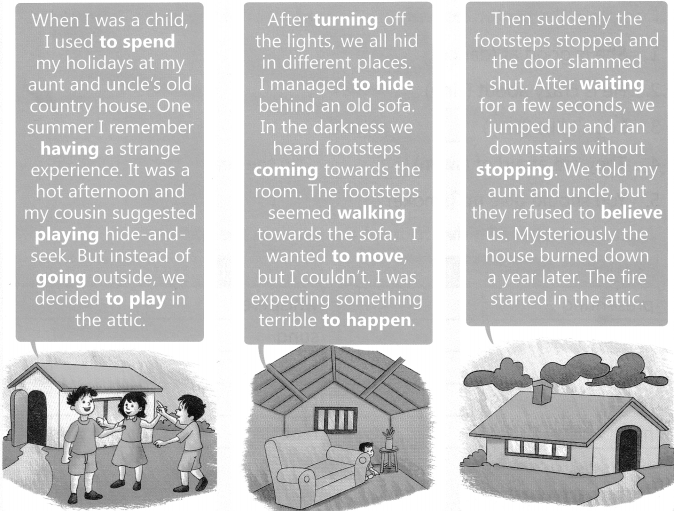
A. Answer the following questions as per the story.
1. Where did the narrator and his cousin decide to play?. __________
2. What had happened after turning off the lights? __________
3. How did the narrator’s aunt and uncle react at the end of the story? __________
B. Complete the sentences with the gerund form of the verbs in brackets.
1. (Cook) __________ is one of her hobbies.
2. (Cycle) __________ is fun.
3. (Get) __________ a good job is not easy.
4. (Find) __________ a parking space is quite difficult in this area.
5. (Drive) __________ becomes more and more expensive.
C. Complete the sentences with the gerund form of the verbs in brackets.
1. She is good at (dance) __________
2. He is crazy about (sing) __________
3. I don’t like (play) __________ cards.
4. They are afraid of (swim) __________ in the sea.
5. You should give up (smoke) __________
D. Write down the infinitive form of the verbs in the gaps.
| verb | infinitive |
| presenting | |
| spelled | |
| watches | |
| reads | |
| hid | |
| whispered | |
| sung | |
| hits | |
| came | |
| reaches |
Gerunds and Infinitives Exercises with Answers for Class 5 CBSE PDF
A. Write the correct gerund form of these verbs.
| Verbs | Gerunds | |
| 1. | She likes (paint). | |
| 2. | I can’t bear (listen) to loud music. | |
| 3. | He enjoys (play) tennis. | |
| 4. | Kavita dreams of (set) up her own business. | |
| 5. | He is interested in (emigrate) to Canada. | |
| 6. | Are you good at (dance). | |
| 7. | She is crazy about (read) romantic poems. | |
| 8. | I can’t help (laugh) when I watch Mr. Bean. | |
| 9. | I can’t imagine (be) anywhere else but here. | |
| 10. | You should give up (smoke). |
B. Fill in the blanks either using gerunds or infinitives. The first one has been done for you.
1. He is determined to win (win) that race.
2. He lay in bed __________ (plan) the days to come.
3. We went __________ (run) in the morning.
4. Her fear of spiders made __________ (travel) difficult
5. They don’t mind __________ (wait) outside.
6. The problem is __________ (get) there on time.
7. I am accustomed to __________ (take care) of myself.
8. I want him __________ (paint) the wall.
9. (be), or __________ (not be), that is the question.
10. This boy is known for __________ (break) the rules.
C. Use gerunds in the following sentences. The first one has been done for you.
1. Always check the oil, before you start the car.
Always check the oil, before starting the car.
2. To praise all alike is to praise none.
______________________________
3. I cannot go on to do nothing.
______________________________
4. To amass wealth ruins health.
______________________________
5. To see is to believe.
______________________________
6. To give is better than to receive.
______________________________
7. To talk like this is foolish.
______________________________
D. Look at the -ing word in each sentence. In the boxes write G if it is a gerund and P if it is a participle.
1. I wrote explaining the issues in great detail. __________
2. Look at that monkey scratching all over the body. __________
3. Writing poetry kept him busy during his leisure. __________
4. It has been raining for an hour now. __________
5. She had great difficulty in learning to read and write. __________
6. While he was speaking, the guests were listening with __________ great interest.
E. Put in the verbs in brackets in the Gerund or the to I love to hear the infinitive forms.
1. I can’t imagine Pawan __________ (go) by bike.
2. He agreed __________ (buy) a new car.
3. The question is easy __________ (answer).
4. The man asked me how __________ (get) to the airport.
5. I look forward to __________ (see) you at the weekend.
6. Are you thinking of __________ (visit) London?
7. We decided __________ (run) through the forest.
8. The teacher expected Sonali __________ (study) hard.
9. She doesn’t mind __________ (work) the night shift.
10. I learned __________ (ride) the bike at the age of 5.
 In Online Education For sentences in the active voice, the subject performs the action; for those in the passive voice, the subject receives the action. Most grammarians recommend using the active voice whenever possible. Here are some examples to help you distinguish between the voices:
In Online Education For sentences in the active voice, the subject performs the action; for those in the passive voice, the subject receives the action. Most grammarians recommend using the active voice whenever possible. Here are some examples to help you distinguish between the voices:

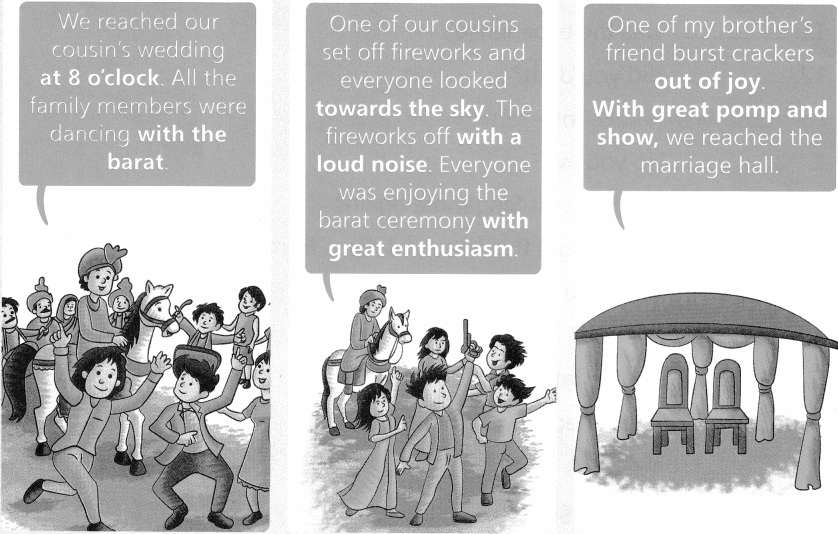







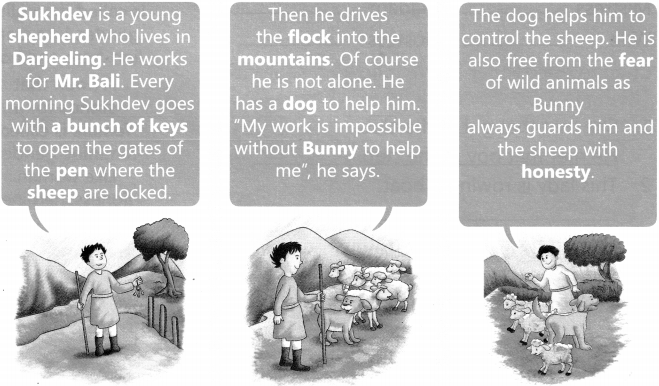
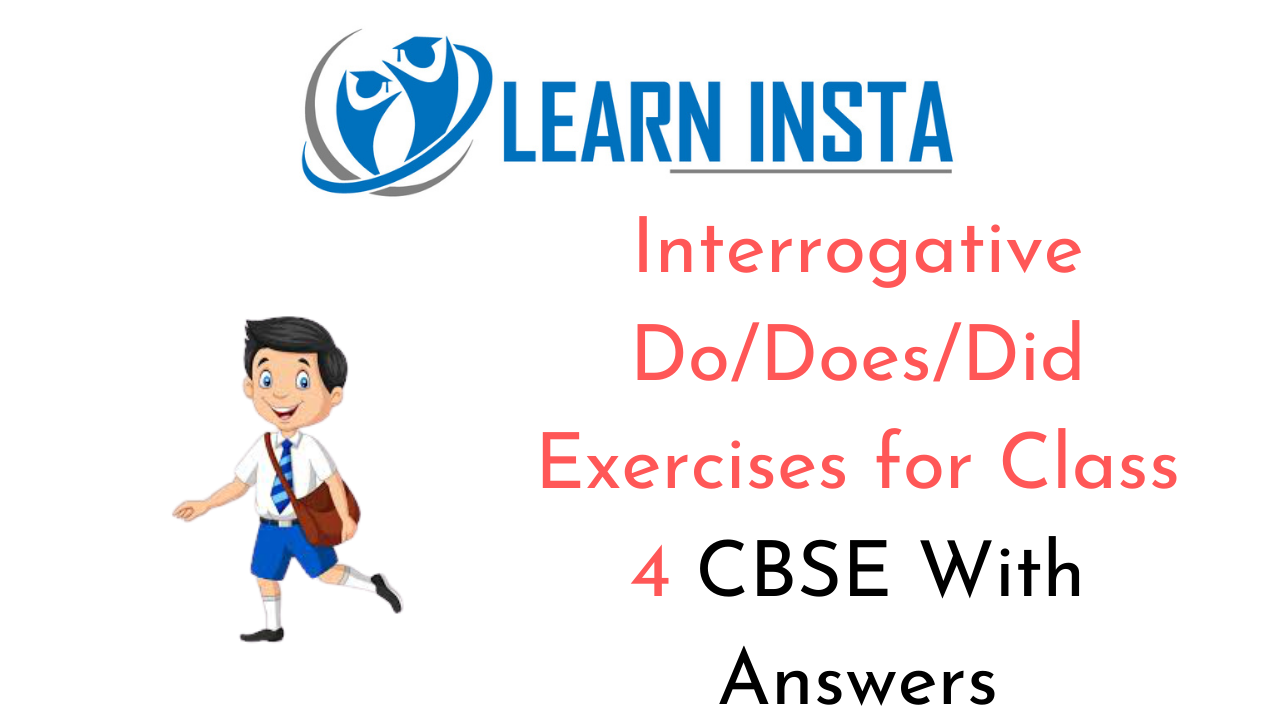 This grammar section explains Online Education
This grammar section explains Online Education 